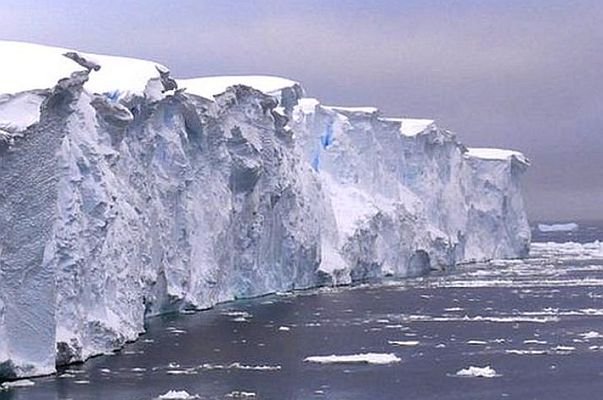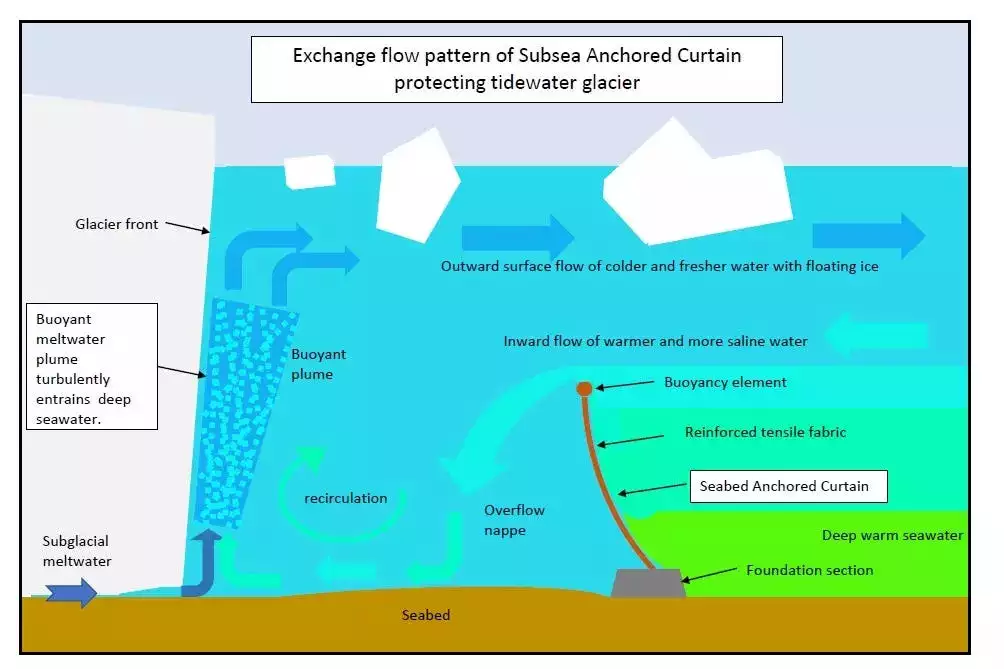The Thwaites “Doomsday” glacier in Western Antarctica is melting and could cause sea levels to rise by two feet if it collapses, due to the immense amount of water it holds. The glacier is about the size of Florida.

Geoengineers, led by John Moore at University of Lapland in Finland, have proposed an ambitious plan to protect the Thwaites glacier from melting by erecting massive curtains around it to block warm water. This plan is seen as a drastic measure due to concerns that current efforts to combat global warming may not be sufficient.
The research is still in the early stages, but it is evident that this proposal would require a significant effort and cost a massive $50 billion, according to Moore’s estimation.

The main reason for the melting of the doomsday ice sheet is the warming of the ocean currents instead of the temperature in the surrounding area. In fact, 90 percent of global warming occurs in the ocean.
Moore had originally suggested constructing a wall in the Amundsen Sea to redirect warm currents, but now he supports using seabed anchored curtains as they are more cost-effective and easily reversible if necessary.

The proposal has been met with criticism from scientists in the past. In general, they argue that it’s a band-aid solution that distracts from addressing the ultimate problem of reducing greenhouse gas emissions — never mind the logistical challenges of building such a colossal structure.
However, Moore argues that immediate action is necessary because reducing emissions alone may not be enough to save the significant ice sheet. Research suggests that the appearance of massive cracks in the Thwaites glacier could speed up its melting, potentially leading to its collapse earlier than anticipated.
Reference- NASA website, Business Insider, National Geographic, Futurism, Interesting Engineering






